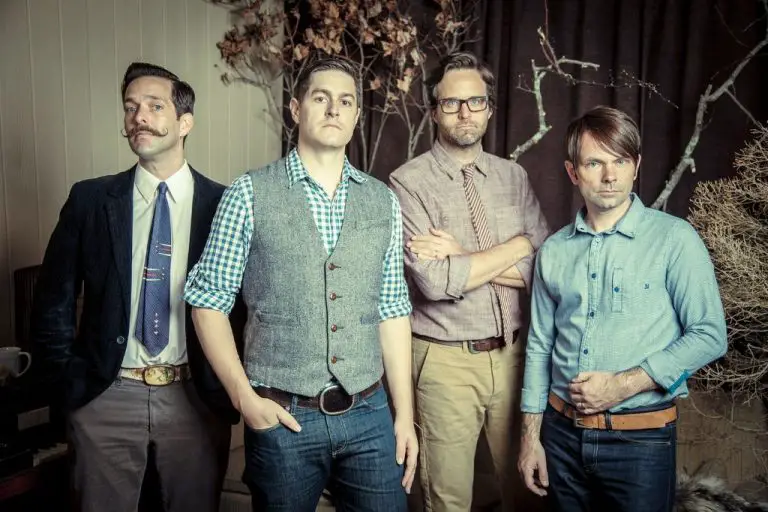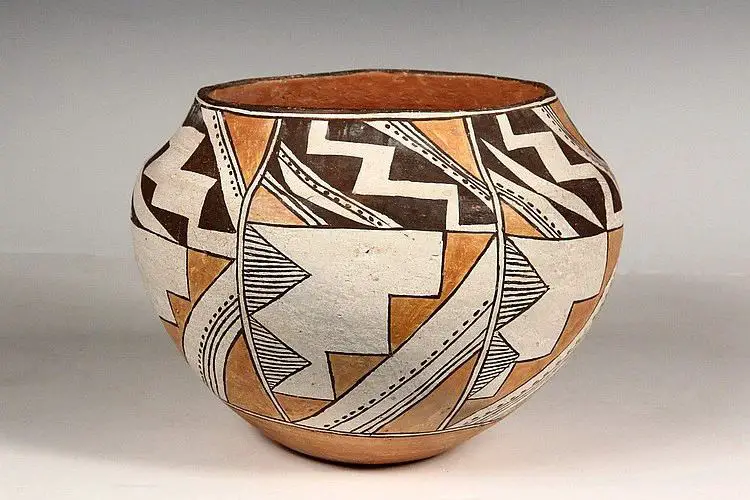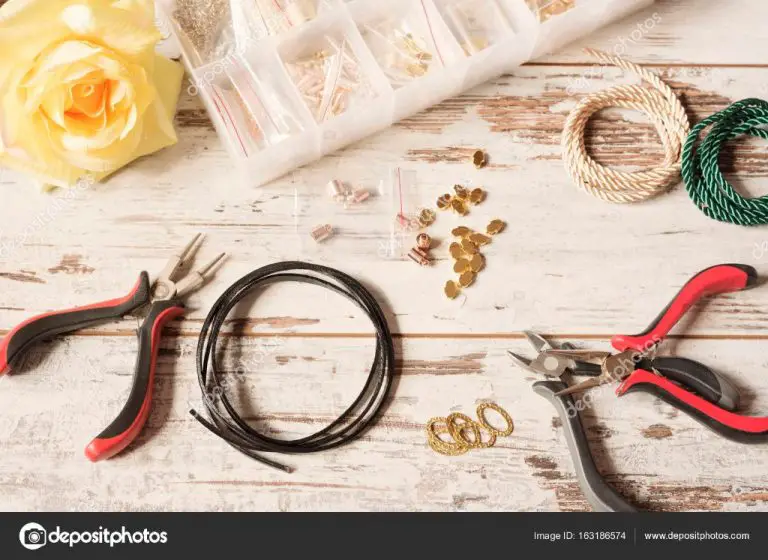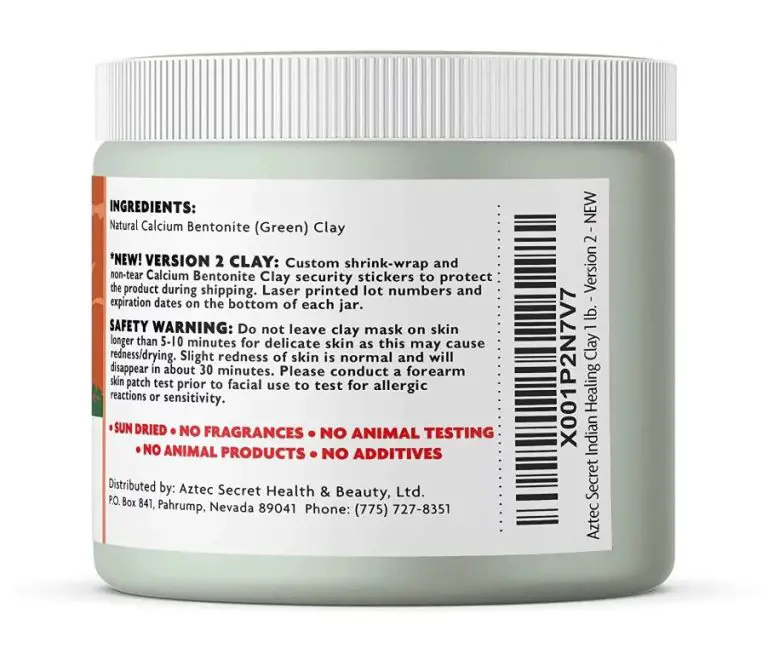How To Make A 3D Egg Shape?
Making a 3D egg shape can be a fun arts and crafts project for decoration or to use as a prop. With some simple materials and techniques, you can create a unique 3D egg in different shapes and sizes. The goal is to end up with an egg-like form that has dimensions – wider at one end and more narrow at the other. This gives the visual effect of a real egg. The finished piece can be painted and decorated, or left plain. It can be displayed on its own as decor, incorporated into a larger display, or used as a prop for events or photography.
There are a few main steps to making a 3D egg shape. First, you’ll need to prepare a mold or base structure. This provides the overall form. Next, you’ll add material and sculpting work to build up the egg shape itself. There are different options ranging from paper mache to carved foam or modeling clay. Finally, painting and finishing touches complete the egg. The techniques can be adapted for different skill levels and materials on hand. With some creativity, you can make a unique 3D egg shape to suit your project.
Gather Materials
To make a 3D egg shape, you will need to gather the appropriate materials based on which sculpting method you choose. Here are some common materials you may need:
-
Papier-mâché, plaster, clay, foam, or other sculpting material to shape the egg form.
-
Paints or dyes for coloring the egg if desired.
-
Tools like sculpting knives, carving tools, paint brushes, etc. to shape and decorate the egg.
-
A mold to cast plaster or papier-mâché if using those materials.
-
Glue, tape, or other adhesives if making a papercraft egg.
-
A stand or display for showing off your finished egg sculpture.
Make sure to gather all the necessary supplies before starting your egg sculpting project. Having the right materials on hand will make the process easier and lead to better results.
Make a Mold
One of the easiest ways to make a 3D egg shape is by using a balloon mold. Here’s how:
Blow up a balloon to the desired size for your egg. The bigger the balloon, the larger your egg shape will be. Make sure to blow it up to an oval shape to mimic an actual egg.
Next, tightly cover the balloon in strips of paper towel or cloth dipped in a paste mixture. You can make paste by mixing flour and water to a thick, glue-like consistency. Apply the paste-dipped strips around the balloon, smoothing out any wrinkles or gaps.
Allow the paste to fully dry on the balloon mold, which can take 24-48 hours. Once dried completely, you can pop the balloon and carefully peel away the paper towel or cloth shell. This will leave you with a hollow papier-mâché egg mold.
Cast the Egg Shape
Casting is a great way to create a durable 3D egg shape. Start by preparing your mold by brushing the inside with a thin layer of petroleum jelly or other oil. This will act as a release agent. Next, pour your cast material into the mold, such as plaster, resin, wax, or melted plastic from plastic cups or bottles. Carefully pour until the mold is full. Allow the cast material to fully dry or cool before attempting to remove it from the mold. This could take 30 minutes or overnight depending on what material you use.
When removing the cast egg shape from the mold, gently twist and pull to break the seal. Do not force or pry or you could damage the mold or the egg shape. Once removed, inspect your cast 3D egg shape and trim or sand any rough edges if needed. Casting allows you to reproduce multiple identical plastic egg shapes quickly and easily.
Sculpt the Egg
One easy way to make a 3D egg shape is to sculpt it out of polymer clay. Start by rolling clay into an oval shape with your hands. Try to form a rounded bottom and more pointed top to mimic the egg shape.
Once you have the basic shape formed, you can use various sculpting tools to refine it. Looping tools are great for smoothing out the surface and blending the clay. Needle tools can add finer details like pores or texture. Sculpting blades can sharpen edges or cut into the clay for effects.
Take your time perfecting the shape before moving onto adding decorative details. Let the clay firm up for 10-15 minutes before sculpting so it holds the details better without deforming. This allows you to achieve a smooth, symmetrical and accurately shaped 3D egg sculpture.
Carve Foam
One way to create a 3D egg shape is to carve it out of foam. This method allows you to sculpt the egg exactly how you want it. To carve a foam egg:
- Use a hot wire cutter to carve an egg shape from a block of foam. Trace the outline of an egg template onto the foam and then use the hot wire cutter to cut along the lines. Slowly carve away excess foam until the shape begins to emerge.
- Refine the shape with sandpaper and carving tools. Use coarse sandpaper to remove bulk material then switch to finer grits to smooth the surface. Chisels, rasps and other carving tools will help refine the details.
- Consider adding an armature for support. Insert a wire frame or other solid structure into the foam core. This will allow the egg to maintain its shape without collapsing under its own weight.
Carving foam is a great way to achieve an accurate 3D egg form. The hands-on approach allows you to sculpt every curve and detail. Be sure to wear a respirator when carving foam to avoid breathing in particles.
Papercraft
Papercraft is another creative option for making a 3D egg shape. Here are the steps:
First, print or draw paper template pieces in the shape of an egg. Make sure the pieces fit together like a 3D puzzle so they can form the egg shape. Print or draw enough pieces to create the egg size you want.
Next, carefully cut out all the egg template pieces. Use scissors for thicker paper or an X-acto knife for thinner paper. Be sure to cut precisely on the outlines.
Then, glue the pieces together little by little to form the 3D egg shape. Apply glue to the tabs on each piece and press firmly together. Let the glue dry completely between adding new pieces.
Once the paper egg shape is constructed, you can paint and decorate it. For added durability, brush or spray on coats of sealant like decoupage or resin. This will stiffen the paper craft egg and give it a smooth, shiny protective layer.
With some creativity and patience, you can make a beautiful decorative paper egg perfect for displaying as art or giving as a gift.
Finishing Touches
The finishing touches will bring your 3D egg sculpture to life. After creating the basic egg shape, take time to refine the look with paint, texture, and other embellishments.
Start by sanding the surface of the egg smooth. Use progressively finer grit sandpaper to remove any roughness or imperfections. Prime the sanded surface with a primer suited for the main sculpture material. Allow the primer to fully dry before painting.
Paint the egg sculpture with acrylic craft paints in your desired colors and designs. You may want to paint the whole egg a solid color, create patterns or textures, or go for a more realistic egg look. Apply multiple thin layers of paint and allow to dry between coats for best coverage.
Consider adding decorative textures directly onto the paint. You can stipple on dots with a sponge, create wood grain effects by dragging a comb through paint, or add raised texture by piping on acrylic gel medium. These textures will make your egg sculpture more interesting to look at and touch.
Embellish further by gluing on rhinestones, beads, buttons or other objects. Affix any embellishments securely. Decorating the top and bottom of the egg can help hide any imperfections in the basic shape.
Finish off by spraying on a clear acrylic sealant. Multiple thin coats are better than one thick coat. The sealant will protect the paint and decorations while giving the entire egg sculpture a uniform glossy sheen.
With finishing touches like painting, texture and embellishments, your handcrafted 3D egg shape will transform into a beautiful art piece ready for displaying.
Displaying the Egg
Once your 3D egg shape is complete, it’s time to display it properly to show off your hard work and creativity. There are several ways to effectively display your egg:
Mount on a Stand or in a Case
For a clean, simple display, mount the egg on a stand or place it in a clear acrylic case. This protects the egg while putting the focus entirely on its shape. Search for stands or cases meant for displaying eggs or other fragile items.
Add Props Like a Nest or Leaves
Bring your scene to life by adding props around the egg. Fake nests, leaves, flowers, rocks or other natural items make perfect complements. This provides context and helps convey an egg’s habitat. Just be sure any props don’t obscure or distract too much from the egg itself.
Use for Holidays, Events, Photos, Gifts
A unique 3D egg shape doubles as ideal decor for holidays like Easter or Christmas. It also works for events like baby showers, birthdays or weddings. Capture artsy photos featuring your egg. And consider gifting your handmade egg to loved ones – it makes for a thoughtful present. Get creative with how and when you display your egg creation.
Conclusion
Creating a 3D egg shape can be a fun and satisfying craft project. We covered several different techniques, from making molds to carving foam to papercraft. The specific method you choose will depend on your artistic skills and the materials you have on hand.
These egg sculptures have many creative uses. They make great decorative pieces for springtime and Easter displays. Larger egg sculptures could be used as striking yard art. Kids will love painting them in bright colors. Eggs crafted from glass or crystal can be used as beautiful centerpieces. The possibilities are endless.
Sculpting an egg shape allows you to express your creativity in 3D form. It’s an enjoyable way to create an ornamental object with your own hands. I hope this article has inspired you to make your own unique egg design. With a little practice, you’ll be able to craft eggs in many styles, sizes, and colors.




